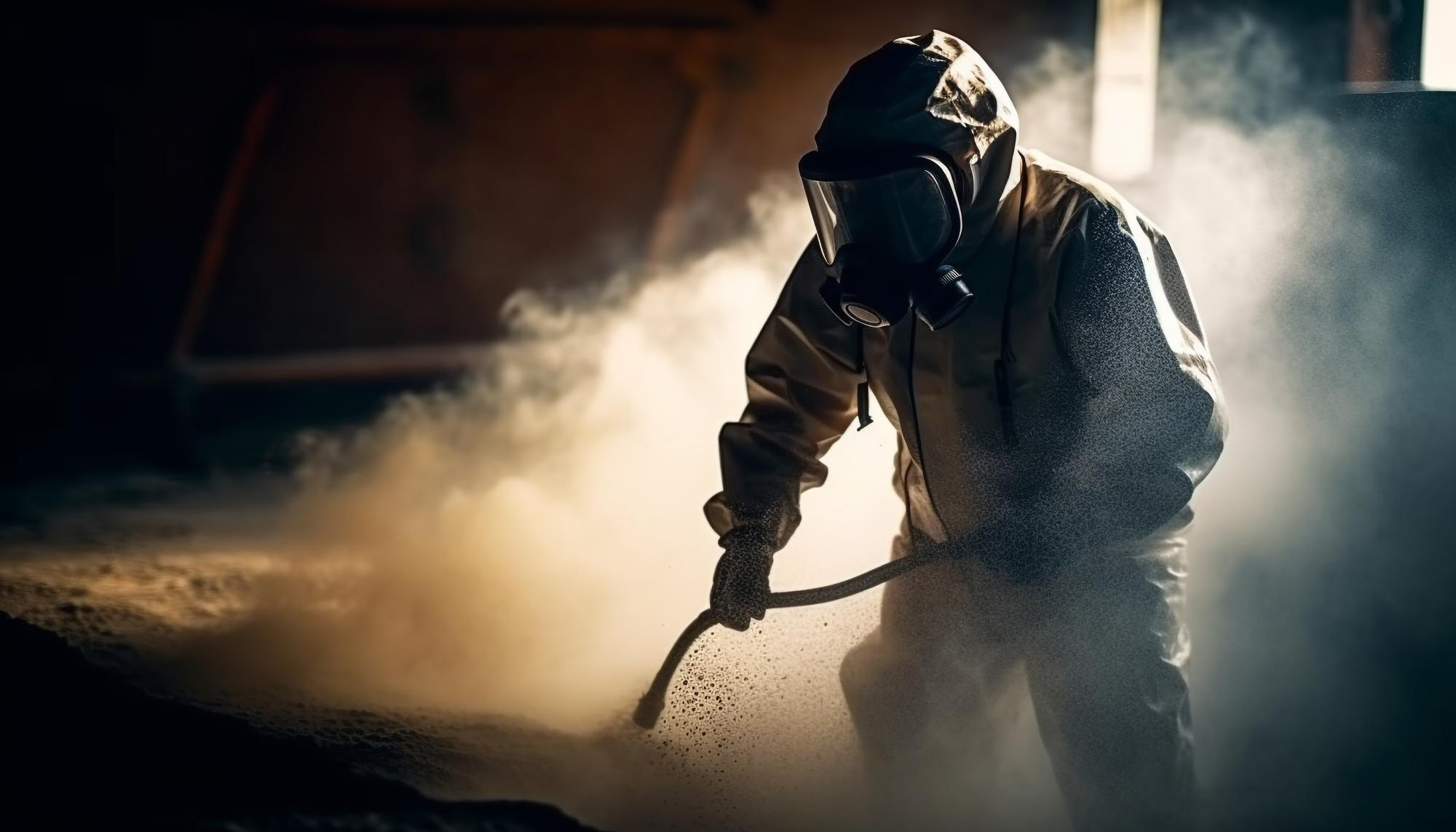Comparing Airless and Traditional Spray Systems
In the evolving world of surface coating and painting, technology plays a pivotal role in defining efficiency, precision, and overall outcomes. Among the myriad of options available, airless and traditional spray systems stand out, each with its unique attributes and applications. This article delves into the world of airless spray systems, such as those offered by PilotIndia, and compares them with traditional spray systems, helping you determine the best fit for your painting needs.
Comparing Airless and Traditional Spray Systems
In the evolving world of surface coating and painting, technology plays a pivotal role in defining efficiency, precision, and overall outcomes. Among the myriad of options available, airless and traditional spray systems stand out, each with its unique attributes and applications. This article delves into the world of airless spray systems, such as those offered by PilotIndia, and compares them with traditional spray systems, helping you determine the best fit for your painting needs.

Understanding Airless Spray Systems
Airless spray systems, like the ones from PilotIndia, use high pressure to atomize paint, coating the surface with a fine, even layer. These systems pump paint at high pressures, creating a steady, consistent stream that efficiently covers large surfaces.
Key Features and Benefits:
– Reduced Overspray: Airless systems significantly minimize overspray, ensuring more paint reaches the intended surface.
– Efficient Coverage: High-pressure pumping leads to rapid coverage, ideal for large-scale projects.
– Versatility: These systems handle a range of materials, from thin stains to thicker latex paints.
– Uniform Finish: Paint is atomized under high pressure, resulting in a smooth, even coat.
– Ease of Use: Designed for user-friendliness, these systems simplify both setup and cleanup processes.
Applications:
Airless systems are versatile, ideal for interior and exterior painting, industrial painting, architectural paintings & coatings, structural fabrication, grouting, waterproofing, and more.
Traditional or Conventional Spray Systems
Traditional spray systems, often referred to as air spray (HVLP – High Volume Low Pressure & Conventional) systems, use a stream of compressed air to atomize paint. They are known for their precision and are popular in automotive, woodworking, and other industries where a high-quality finish is paramount.
Key Features and Benefits:
– Precision: Offers a high degree of control over the paint flow, leading to precise application.
– Quality Finish: Ideal for projects requiring a high-quality finish with attention to detail.
– Cost-Effective: Generally more affordable than airless systems, making them accessible for smaller projects and hobbyists.
– Lower Pressure Application: Reduces the risk of paint bounce-back and overspray in comparison to high-pressure systems.
Making the Right Choice
For Large Scale Projects:
Airless spray systems are more suitable for large-scale projects where speed, efficiency, and coverage are critical. They excel in projects like building exteriors, large industrial spaces, and areas requiring quick turnaround times.
For Detailed Work:
Traditional spray systems are better suited for work requiring high precision and quality finish, such as automotive painting, cabinetry, and furniture finishing.
Cost Considerations:
Traditional spray systems are generally more budget-friendly, making them a good choice for smaller projects or for hobbyists. Airless systems, while more expensive, offer a higher level of efficiency and speed for larger projects.
Conclusion
Both airless and traditional spray systems have their unique advantages and are suited for different types of painting projects. Airless systems from PilotIndia, with their advanced features, offer efficiency and speed, making them ideal for large-scale and diverse applications. Traditional systems, on the other hand, excel in precision and quality finish, preferred for detailed work. Your choice will depend on the specific requirements of your project, budget considerations, and the desired outcome. Understanding the strengths of each system ensures that you can make an informed decision, leading to optimal results in your painting endeavors.

Recent Comments